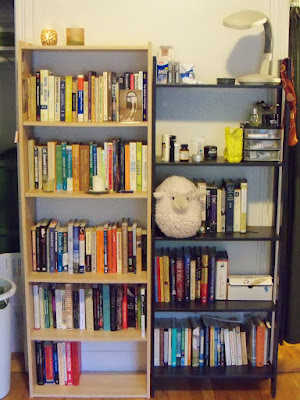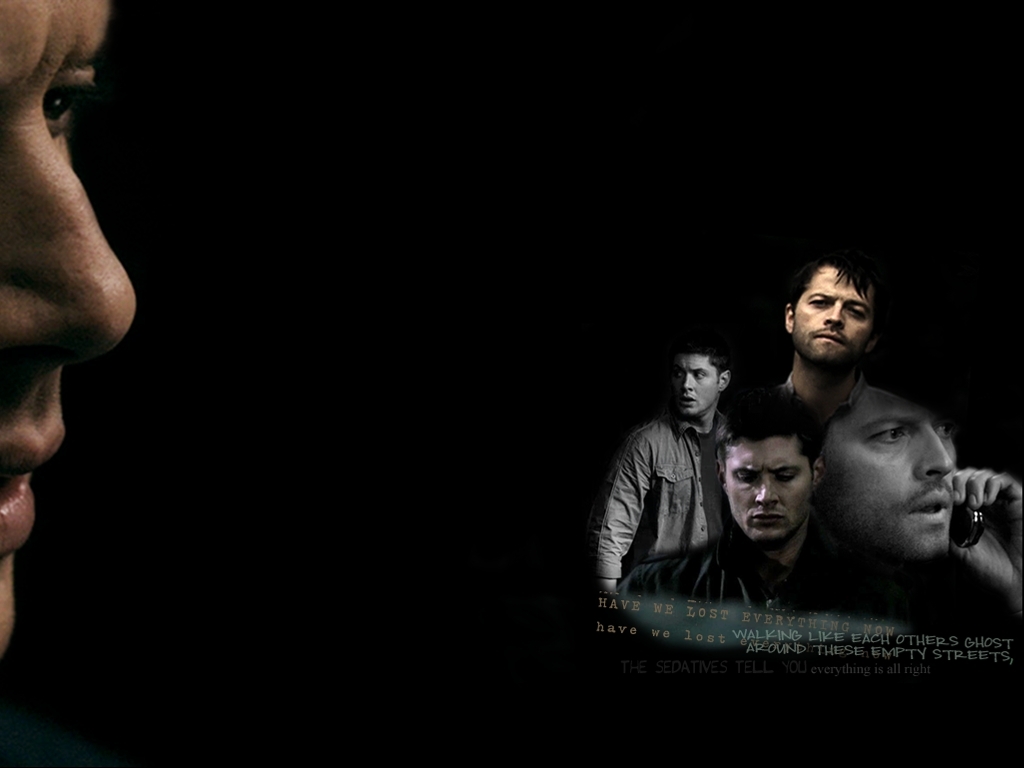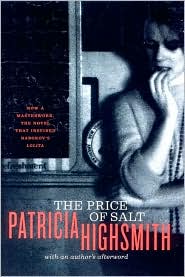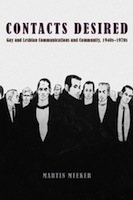In this installment of 30@30, though, I want to talk about being a city dweller more generally, and my experience of visiting and living in cities as a young person and as an adult. I want to reflect on my perceptions of urban environments and the pros and cons of living in cities versus smaller towns versus more rural spaces (all three of which I've experienced, to a greater or lesser extent). Becoming an urbanite has been a struggle for me, and there's a part of me that will never quite feel at home in the city -- possibly the part of me that did feel at home, during my teens, in the wilderness of Michigan's upper peninsula or in the foothills of the Southern Oregon Cascades. (My adolescent dream of becoming a backwoods guide will be featured in an upcoming 30@30 post on camping.) At the same time, I was born and grew up in a city of not immoderate size: around 35K in the city limits, according to the 2000 census, with roughly twice that number in the surrounding metro area. I lived two blocks from the library, less than a mile from the college where my father worked, and about the same distance from the downtown that -- by the time I was a teenager and these things were relevant -- boasted half a dozen places for decent coffee and two well-stocked bookstores. All the necessary amenities of life.
 |
| lemonjello's coffee shop (Holland, Mich.) photograph by Hanna |
My hands-down favorite thing about Chicago, the first few times I visited as a child, were the escalators at the hotel and the subway. Yes, I was easy to please.
As regular readers of this blog have probably gathered (if they didn't already know) I mostly lived in Holland until 2007, and the elsewhere places I lived were mostly more rural, not less: Lincoln, Oregon; Hawk Hill, Missouri; Crawfordsville, Indiana. Cities were places I visited for a day or two (Chicago, Seattle) or a week (San Francisco) or at most, a month (Victoria, B.C.). I associated cities with vacations and travel, with the chance to try out new cuisines, shop used bookstores, visit museums, attend the theatre. Chicago, the city we most frequently visited when I was young, was the land of the Field Museum, the Chicago Theatre, the elaborate Christmas windows along Michigan Avenue, and the fresh roasted candied almonds from street vendors. It was a magical place, one that offered a departure from normal routine.
My first foray into city life was during my year abroad in Aberdeen, Scotland (2003-2004). Aberdeen is only the twenty-fifth most populous city in the UK, coming in between Salford (near Manchester) and Dudley (in the Midlands). In 2008 it reported a population of just over 210K. True, I was living in student housing during that time, and not working since I was studying full-time and had no work visa. So life in Aberdeen was quite different from navigating urban living as a renter and young professional. But there were experiences I had there, and skills I learned, that are not entirely un-applicable to life in Boston. I learned, for example, that even in cities green spaces can be found -- though sometimes it takes diligence and a willingness to use multiple forms of public transportation. I learned how different (and often faster!) navigating a city by foot can be from navigating by car or bus. I learned that, even as a student, it pays to be connected to city life outside the university -- whether it's by attending concerts and plays, becoming a subscriber at the local public library, or spending time at coffee shops not exclusively frequented by students. I learned how to read a bus timetable and how to pay for a cab. I learned to be sensible but also not to live in fear of the city streets at night simply because I was alone and female.
 |
| Seaton Park, Old Aberdeen (March 2004) The North Sea is on the horizon. |
I came back to the States from my year abroad certain I didn't want to live in a city the rest of my life. Yet the rub is, of course, that most schools big enough to host graduate programs, most cities large enough to host a healthy number of libraries, most areas with a high probability of meeting someone youngish and also single who shares your interests -- most of these things require a fairly dense population. So I ended up in Boston.
 |
| Boston skyline (November 2007) |
A few weeks ago, when the T was delayed and then Red Sox fans and commuters were so packed into the subway cars that I waited over an hour for a train before just giving up and walking home in the rain, I was feeling pissy enough to come up with what I now think of as my "urban angst" list: the top five reasons why I hate city life. I'll share them with you in a moment. The thing is, that when I had calmed down and considered the list I realized that my top five reasons why I enjoy living in Boston are actually the flip-side of the top five rather-be-anywhere-but-here items. I'm not sure what to make of that, other than simply to observe that like so many things in life, it only gets more complicated the more you think about it.
 |
| Laundry drying in the North End, Boston (May 2009) |
- The Commute. Before Boston, I never lived more than, say, a twenty minute drive at most from where I worked or went to school. Usually it was closer to a five-minute drive, and a walk of a mile or two. These days, I live about two miles from work but the commute from door to door takes anywhere from twenty minutes (on a good day, when we walk straight onto a train) to an hour plus. I resent that I don't have the option of skipping this part of my day. And it can make me feel trapped when the only way to get out of town is to take the train (or multiple trains) to get anywhere rural or green. Or to rent a car, which is then another additional expense.
- Errands. Errands have never been more complicated. We have a plethora of options when it comes to buying groceries and other necessities and yes, most of them are thankfully on the walk from work to home or in the vicinity. But there's this thing you don't think about when you're used to running errands in a car, and that's how much shit you can reasonably juggle with two hands and a shoulder bag. There are weeks when I feel like my life outside of work is almost entirely dictated by the errands we need to run and the logistics of getting there and back. Rachel @ Women's Health News has written a brilliant post on this subject recently, reflecting on the difficulty of buying groceries without a car.
- Weather. Before moving to Boston, I had never really thought about how much more the weather matters in a big city. This might seem counter-intuitive, but when you don't have a car and you're either walking or taking public transit to get around you need to dress for the weather with much more care than I ever needed to back in Michigan. And you need to go out prepared for the weather to change by the end of the day, because there's no option for running home at lunch to grab an extra sweater or your umbrella. The heat is also more intense here, and when you walk two miles to work on a humid summer day that means taking an extra change of clothes and some heavy-duty deodorant with you.
- Apartment Living. Cities are expensive, and while Hanna and I have decent landlords, relatively quiet neighbors right now (knock on wood), and a lovely tree-shaded living room, our apartment is tiny compared to what I'm used to. Tiny and expensive. I'll just come right out and say we pay $1250/month for our one-bedroom place, which is about par for the course in the area where we live. Hanna wishes we could have chickens, or at least room for compost. I wish we had a kitchen that more than one person could work in comfortably. And it would be nice to have storage space for things like suitcases and maybe a bike. The smallness of the space also makes entertaining more than one friend at a time difficult, which means get-togethers usually require meeting in some third space -- something that inevitably costs more than hosting folks at home. I miss the days when I could have friends over to cook a meal, eat dinner at an actual table, and watch Masterpiece Theater in a room that had chairs for everyone.
- The Illusion of Cultural Smorgasbord. Cities are full of amazing things to see and do: museums, lectures, theatre, concerts, author talks, walking tours, festivals, food and wine tasting, film series, the list could go on and on. There are specialty food shops to die for, and restaurants for every taste and occasion. The thing is, arts and culture stuff is (once again) expensive. And not only expensive, but often happens at times and/or in places that make it prohibitive to get to. Maybe there's a lecture on women's history that starts at 5:15pm which is technically after I get out of work, but it's across town and there's no way I'll reach it unless I take a taxi for $40.00 which I simply don't have. Those sorts of calculations. We're no longer students, which means we aren't eligible for any standard discounts for things like theatre or concerts, most of which are priced right out of our range. As someone who works at a non-profit cultural institution myself, I don't necessarily think these things are overpriced -- but the reality is that the cost of most of them is beyond what we can afford. So there are great things to do and see in Boston, but as people who are busy living here, there's only so much we get to take advantage of.
- My Job. If there's a reason I want to stay in Boston, right now, beyond the fact that Hanna is happy here, it's that I love my job. And a place like the MHS can really only thrive in a densely-populated urban environment, with a steady flow of graduate students and faculty, and moneyed families willing to support cultural institutions at a level of giving that most of us simply cannot afford (see "The Illusion of Cultural Smorgasbord"). As a librarian who wants to work in an independent research library or archive (i.e. not a public library and not an academic library) I only have so many options, and most of them are in urban areas -- the Newberry Library in Chicago, for example, or one of the handful of LGBT archives like the Herstory Archive in New York City.
- Public Transit. As much as depending on public transit can feel limiting (see "Commute"), I'm really glad to live in a city that offers a decent amount of service, and to live in an area where I can access it easily -- both buses and subways -- to get to the places I most need to go. I would not want to own or secure a car in Boston, and I'm glad Hanna and I don't have to worry about things like car payments, insurance, and upkeep on one or two vehicles. It's also great to live in an area that supports programs like Zipcar (car sharing) and Hubway (bicycle sharing).
- Walking the City. The logistics of errands drive me crazy, but I do love the fact that we live in a city where walking is a feasible, even pleasant, option for many of our travels. And as much as I miss the five-minute drive to work in the morning, I enjoy being able to get in my daily exercise along with my commute, rather than having to get up at 5am to go jogging before I make my way to the train or get into the car.
- Food Choices. If we ever more to a less urban area, I'm going to miss the plethora of options we currently have for grocery shopping and dining out. As expensive as it can sometimes be, it's also wonderful to be able to look at pretty much any recipe and know that somewhere in Boston there's a store that will offer the ingredients you need to make it. Part of getting to know -- and feeling at home in -- the city is knowing where you, personally, like to go for your favorite olives (J. Pace & Sons) or the best vanilla beans (Polcari's). Which bakeries offer the second-day bags of bagels at $2/bag (Kupel's), which coffee shop offers your favorite French Roast (Boston Common Coffee Co.), and the place to get baked raisin donuts on Saturday mornings (Clear Flour Bakery).
- $1 Carts. So a lot of things are more expensive in the city -- from apartments to your morning latte -- but some are cheaper. Mainly I'm thinking of used books, and the fact that Boston has a strong enough used book market to support a dangerous number of used book stores many of which feature substantial $1 sections with rapid turn-over and a fairly good selection. Sure you have to be willing to browse often and buy on impulse, but who doesn't want to do that where books are concerned!






















